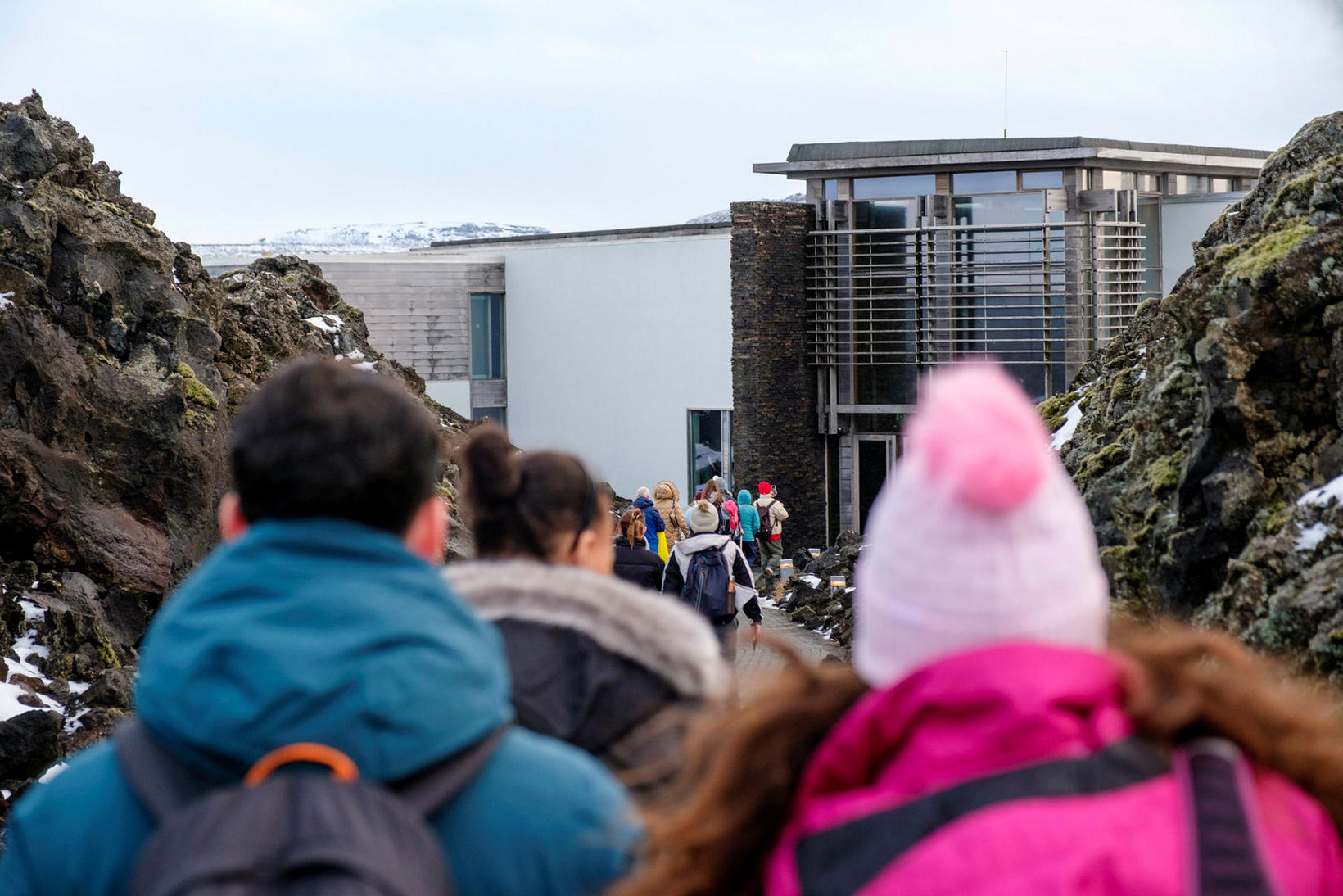Fewer tourists could lead to a faster drop in policy interest rates
The tourism industry’s peak season appears to be considerably weaker than expected in the spring, and it is likely that tourist numbers will be lower this year than in the previous year. This is reflected in Íslandsbanki’s analysis.
“It could lead to lower economic growth, reduce the likelihood of a ISK appreciation, accelerate the cooling of the economy, and ease labour market tensions sooner than previously thought.”
It is not yet certain what effect a drop in tourist numbers will have on inflation, but in the short term, a weaker ISK could lead to a slightly higher imported inflation than was forecast in the Bank’s spring forecast. However, less tension in the economy and a more favourable medium-term inflation outlook could cause the policy interest rate to fall faster than was expected in the spring forecast.
Foreign tourists down by nine percent
According to an analysis by Íslandsbanki, foreign-bound passengers to Keflavík International Airport fell by nine percent between years in June. About 212 thousand foreign-bound passengers passed through the airport in the month, and nearly four out of ten were from the US. Yet, the number of foreign-bound passengers from the US dropped by almost one-fifth between years. The next nationalities followed were Germans, British, Polish and Canadians.
Despite the volcanic eruption in Reykjanes, tourists’ numbers in the first quarter of the year rose by nearly nine percent compared to the same period last year, and the second quarter saw a five percent drop in tourist visits.
Increase of only one percent
“The number of tourists in June was also considerably lower than the bank had projected in its recent macroeconomic forecast, published in May,” the Bank’s analysis showed, with Jón Bjarki Bentsson, Íslandsbanki’s chief economist, summarising the main findings.
Since the turn of the year, 963 thousand passengers have travelled through Keflavik Airport, which is an increase of only one percent between years. The length of stay of tourists seems to be getting shorter, and the revenue from them has also been generally decreasing.
GDP growth forecast to fall
The drop in tourist numbers is accompanied by lower tourist income, which can affect the outlook for export growth, GDP growth, the current account balance, the exchange rate of the ISK, the number of jobs in the labour market, and so on. Íslandsbanki’s analysis has lowered its GDP growth forecast to 0.4 percent from 0.9 percent.
Fewer tourists might mean fewer jobs in the tourism sector, but the silving lining is less demand for housing and a likely faster drop in policy interest rates. mbl.is/Hari
Job numbers will fall, but demand for housing might decrease
Íslandsbanki used the latest forecast from the Icelandic Tourist Board. According to the forecast, tourist numbers will fall by two percent from last year, whereas the Bank’s analysis had projected a rise of just over four percent. Now, strong indications have emerged that the number of tourists to Iceland will not rise this year, and that a reduction between years is quite likely.
The Bank expects fewer jobs to be available in the tourism sector in the second half of the year, as the number of jobs is closely correlated with the number of tourists.
The reduction in employment could eventually lead to a reduction in migration to Iceland, and thus to demand pressures in the housing market. Furthermore, the Bank considers it likely that demand in the housing market could decline as a result of the shift in housing supply from short-term rent to long-term rent or sales.










